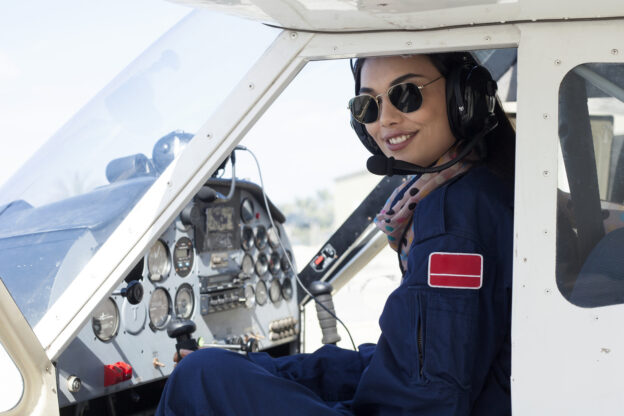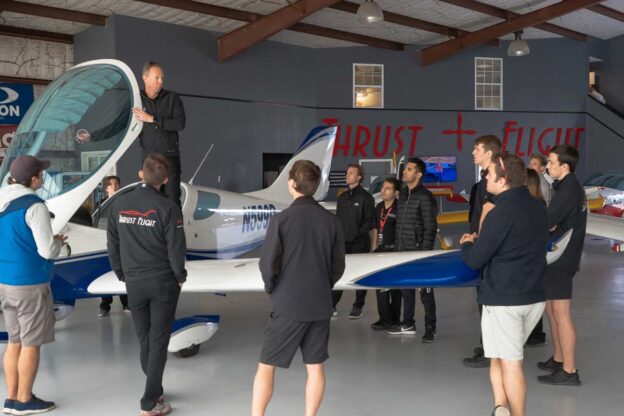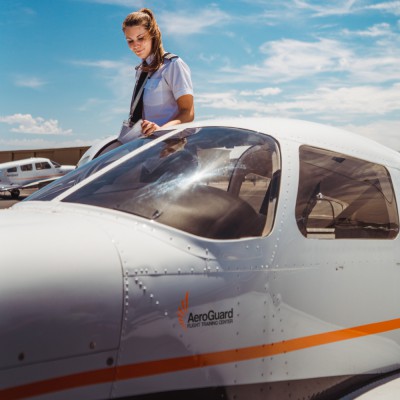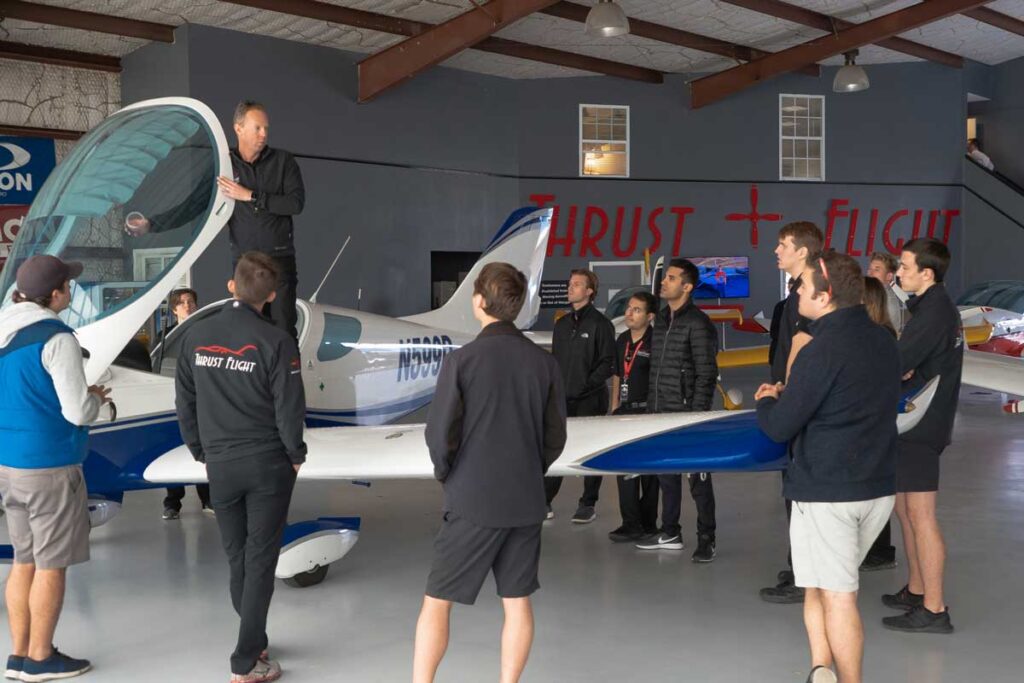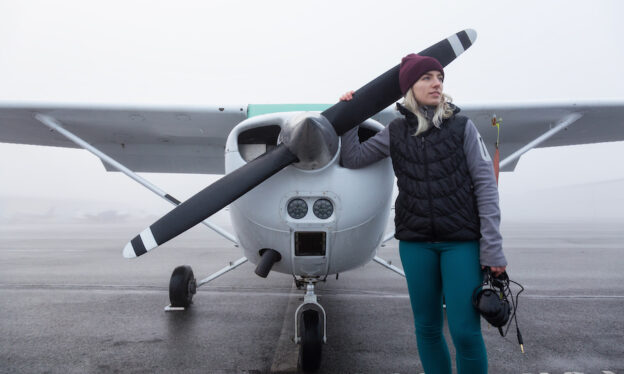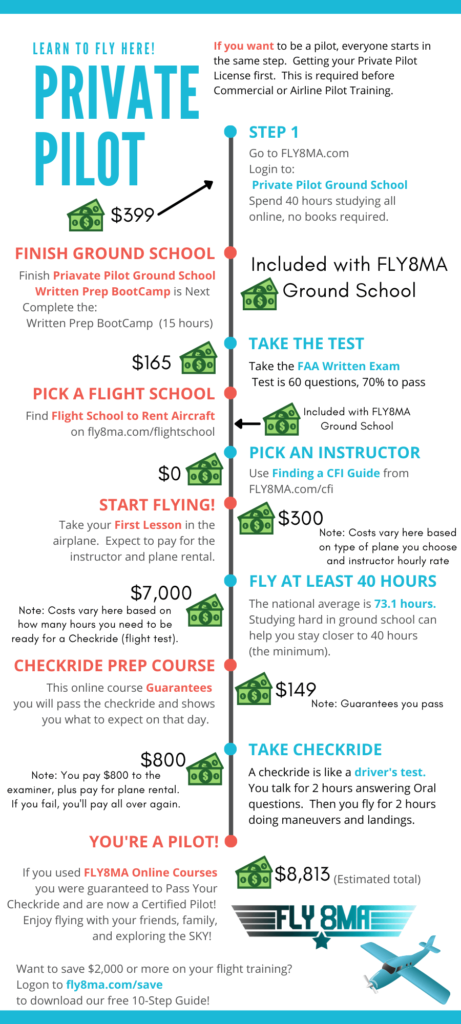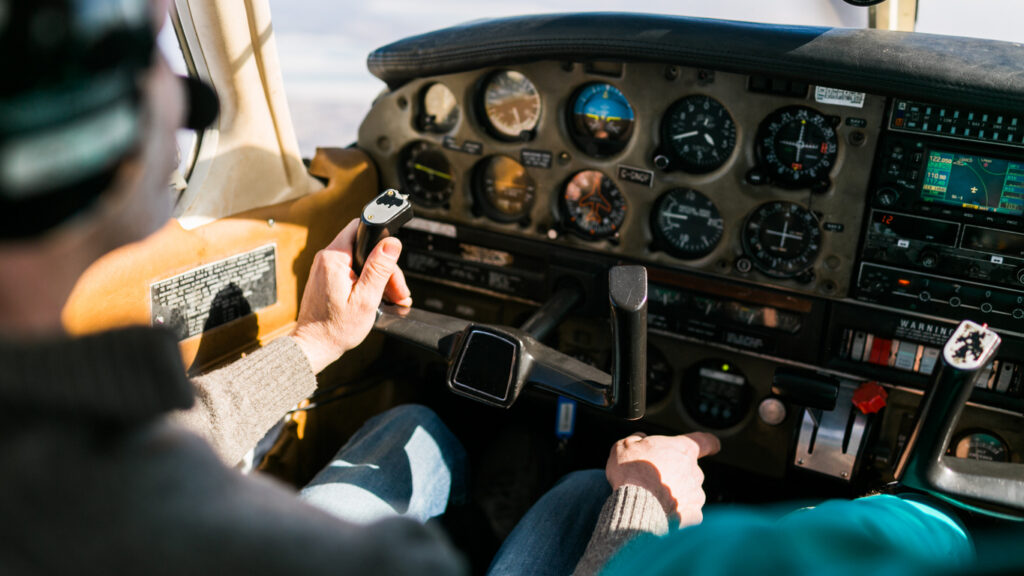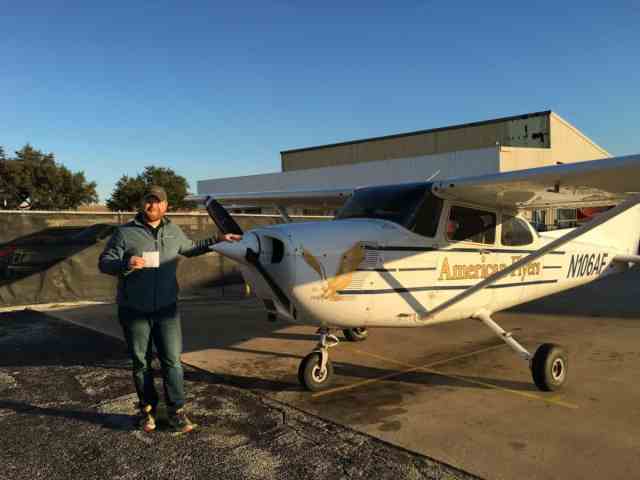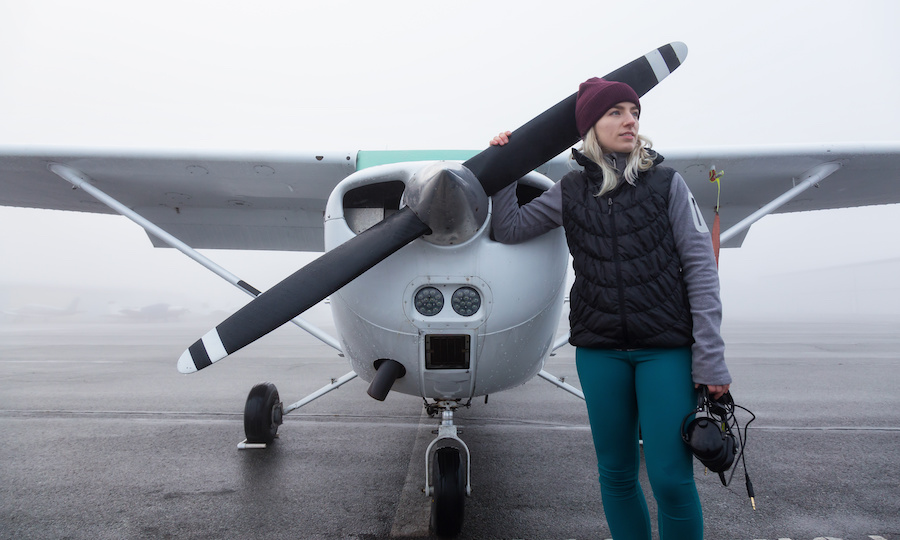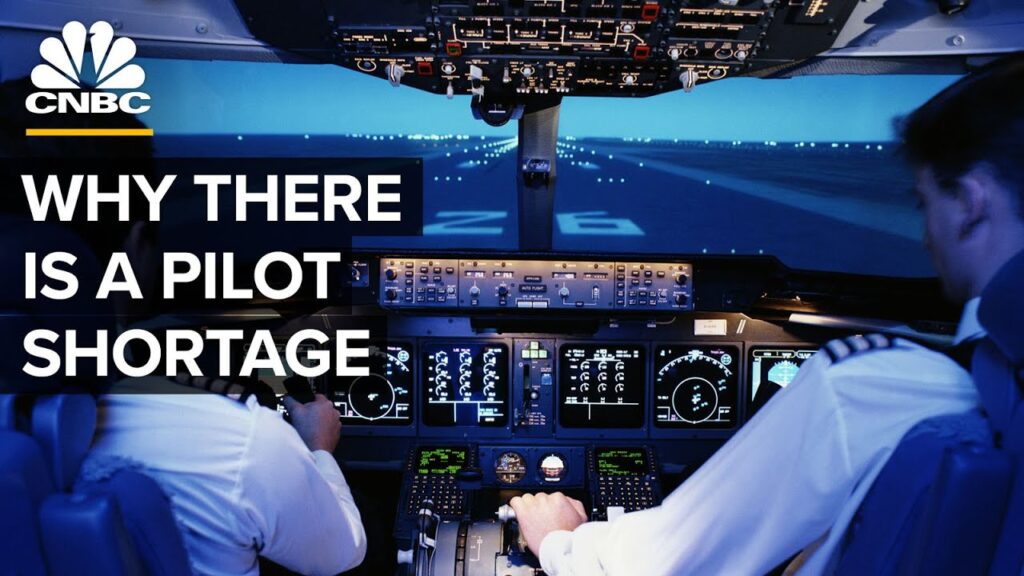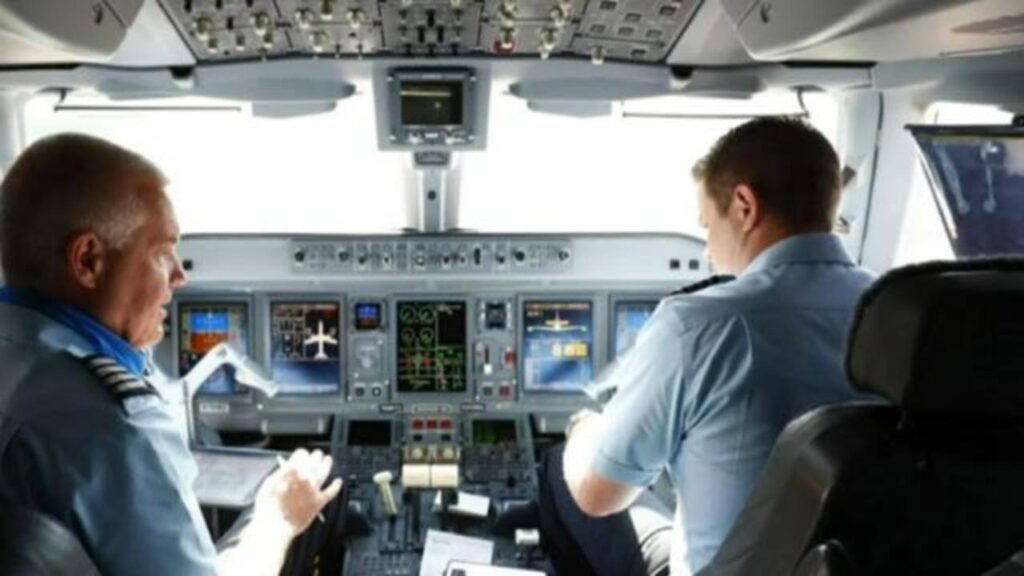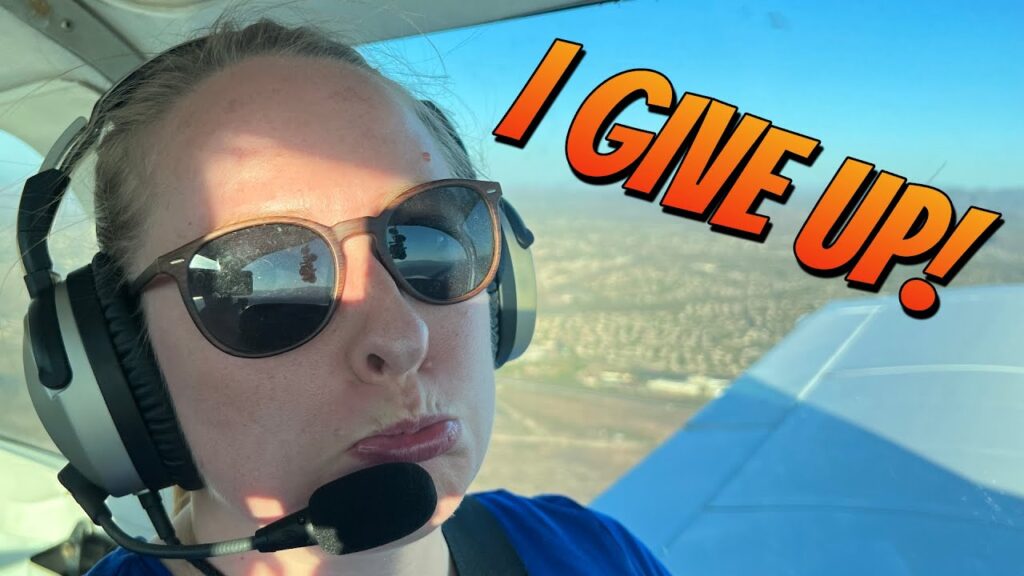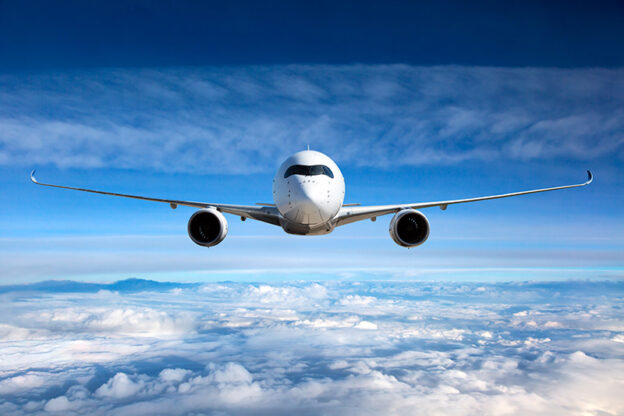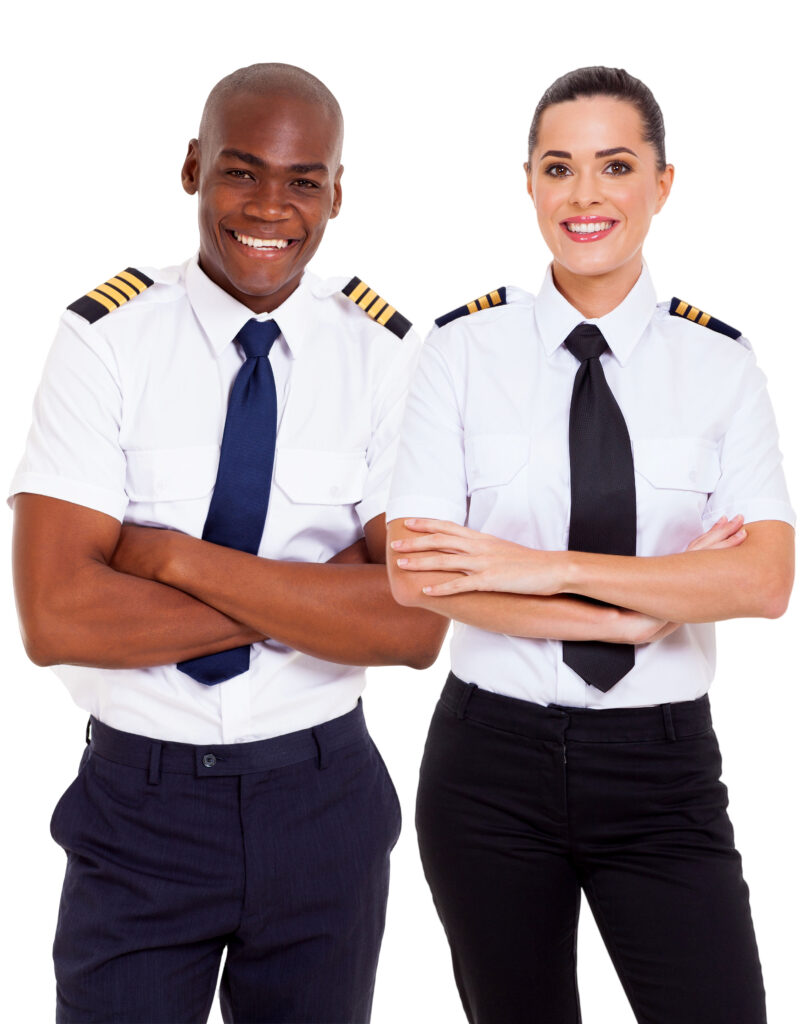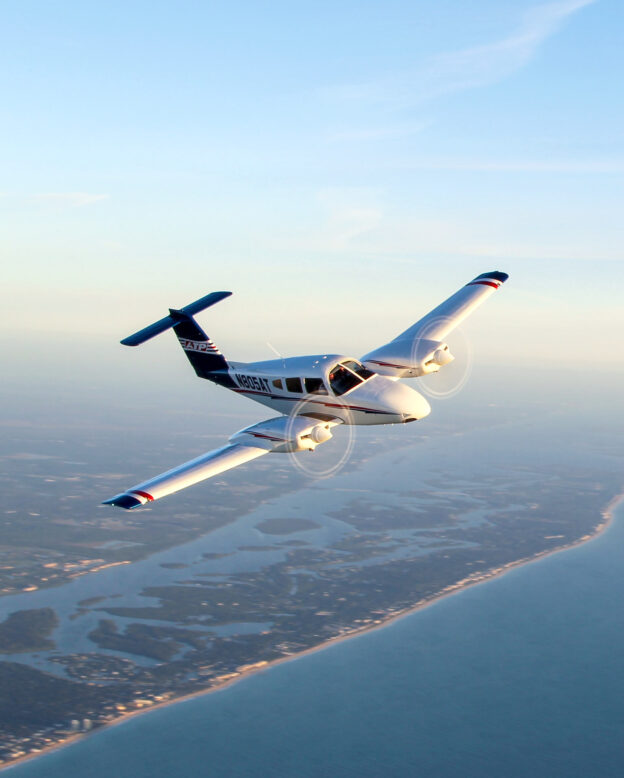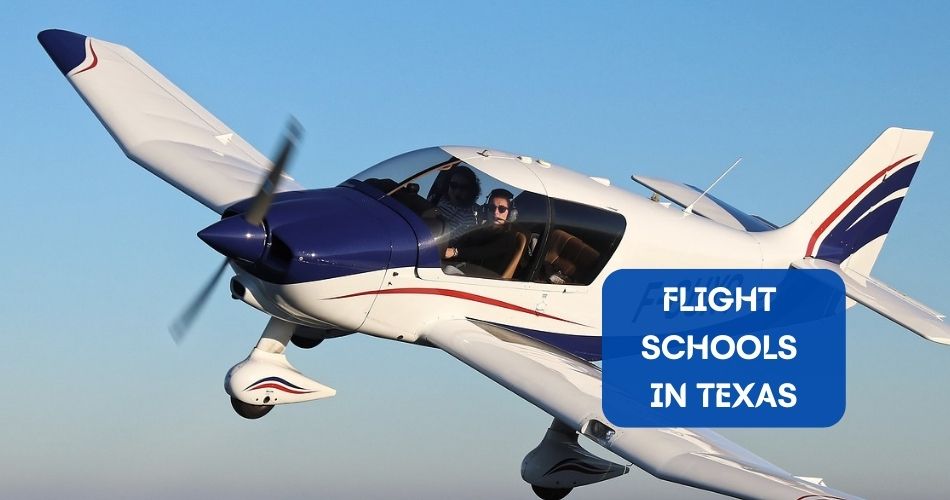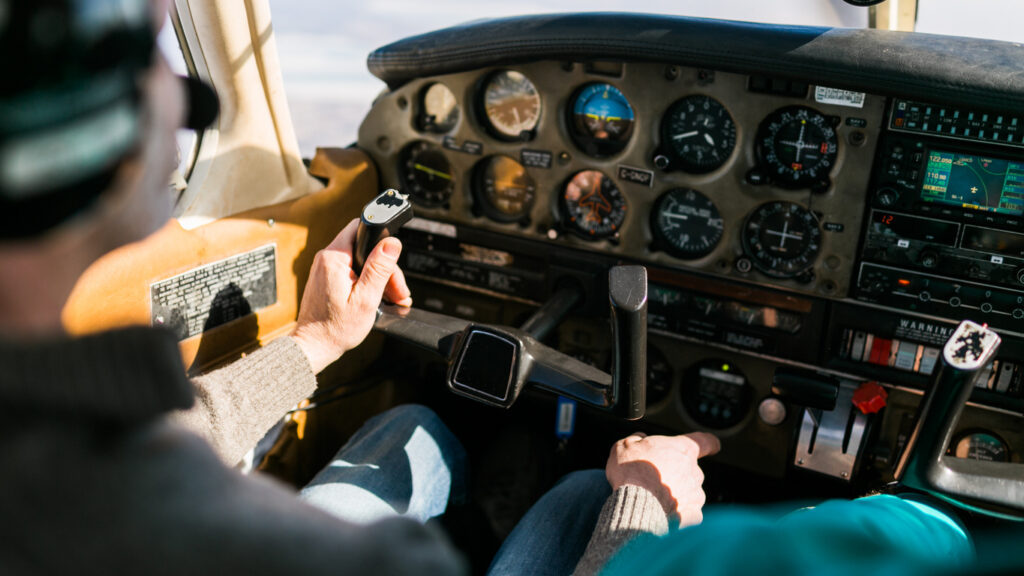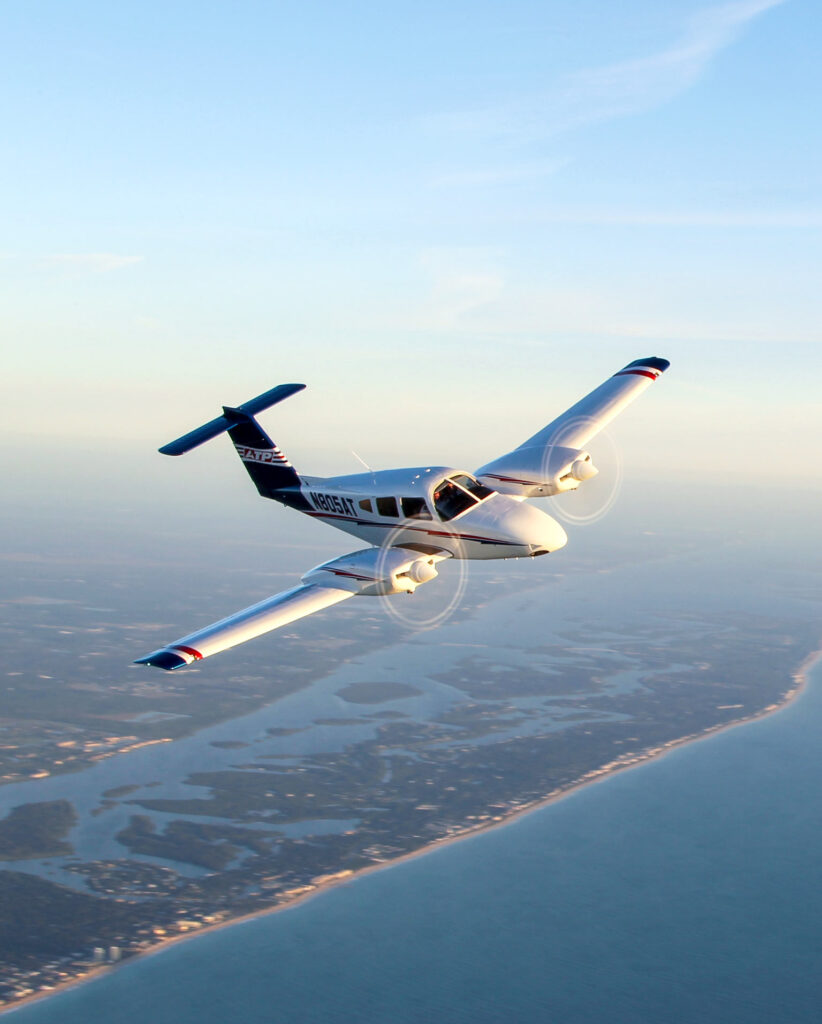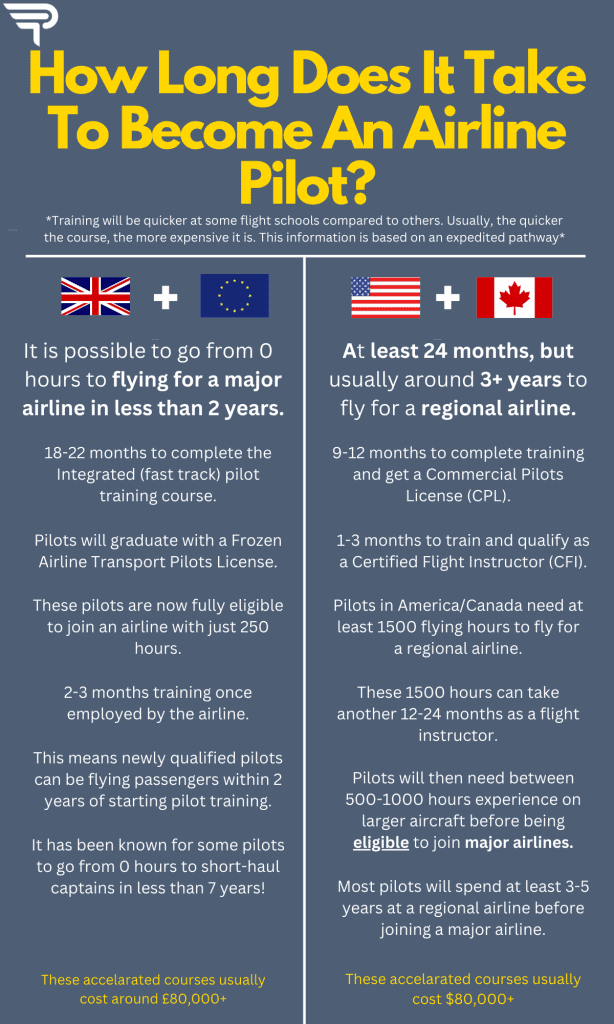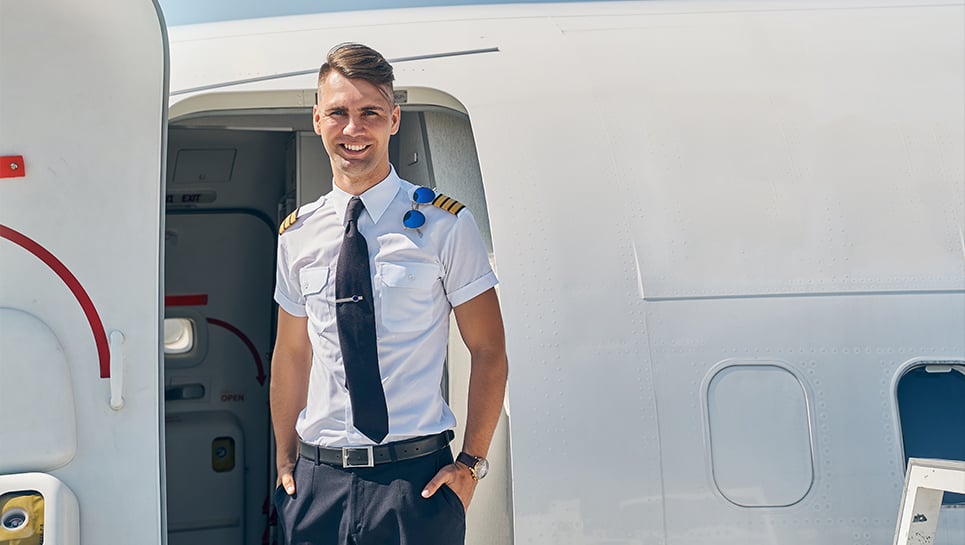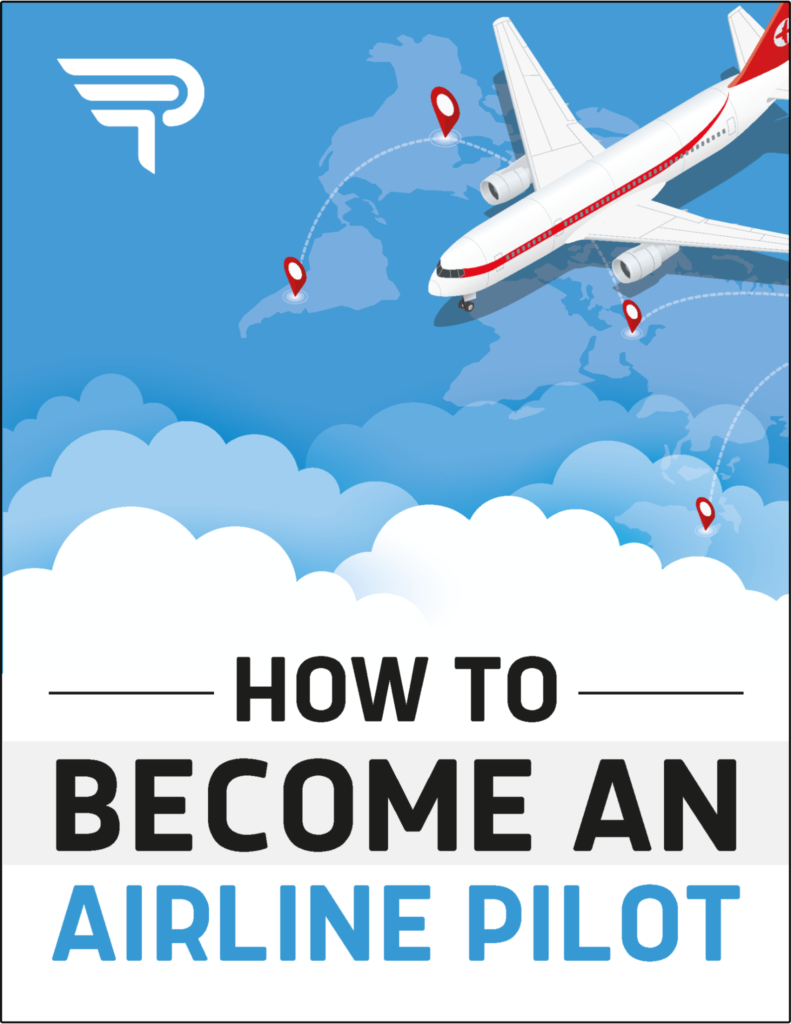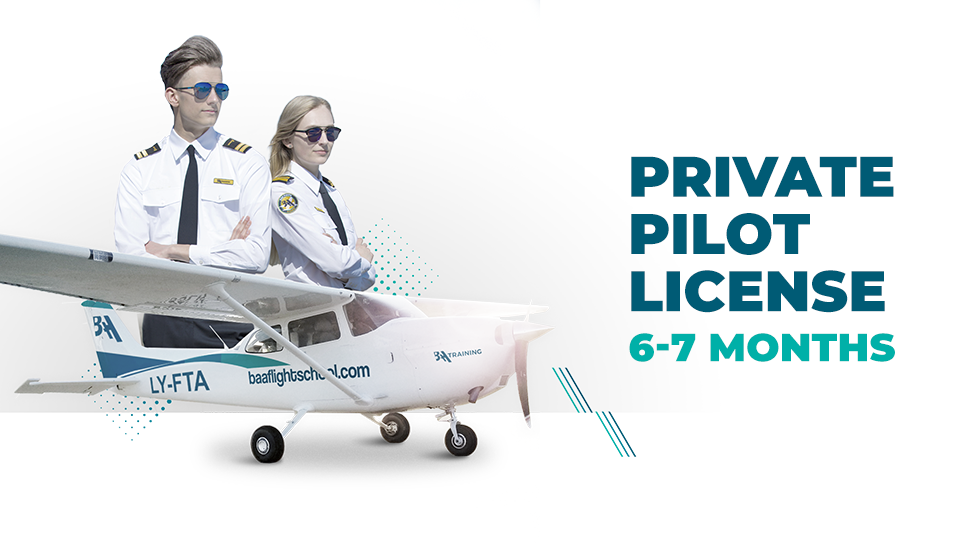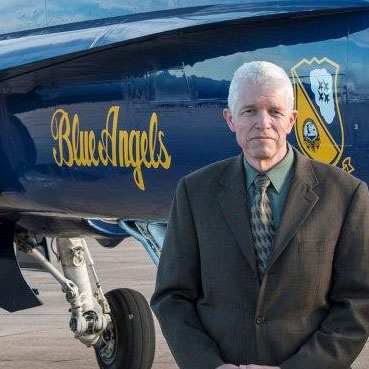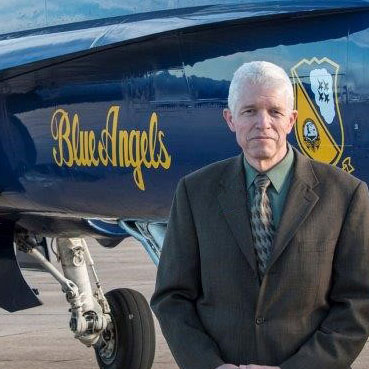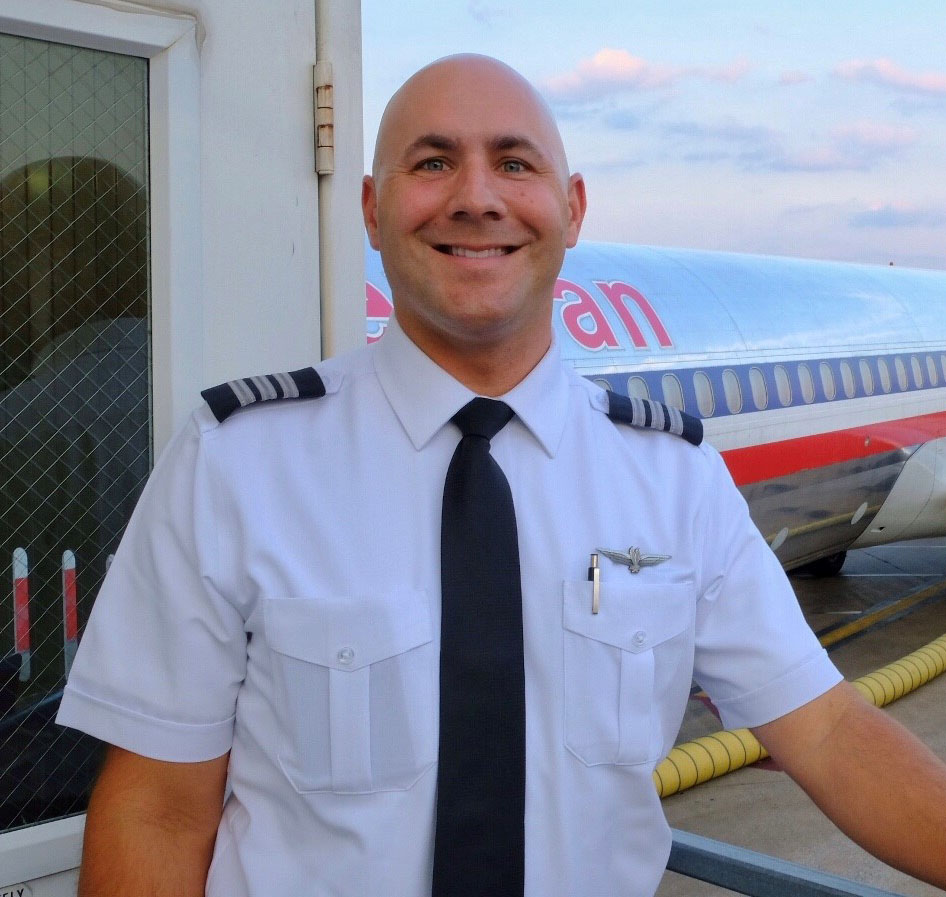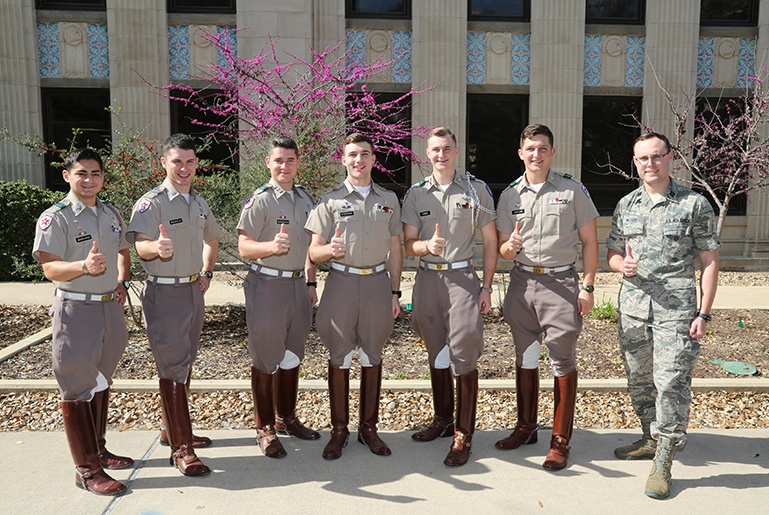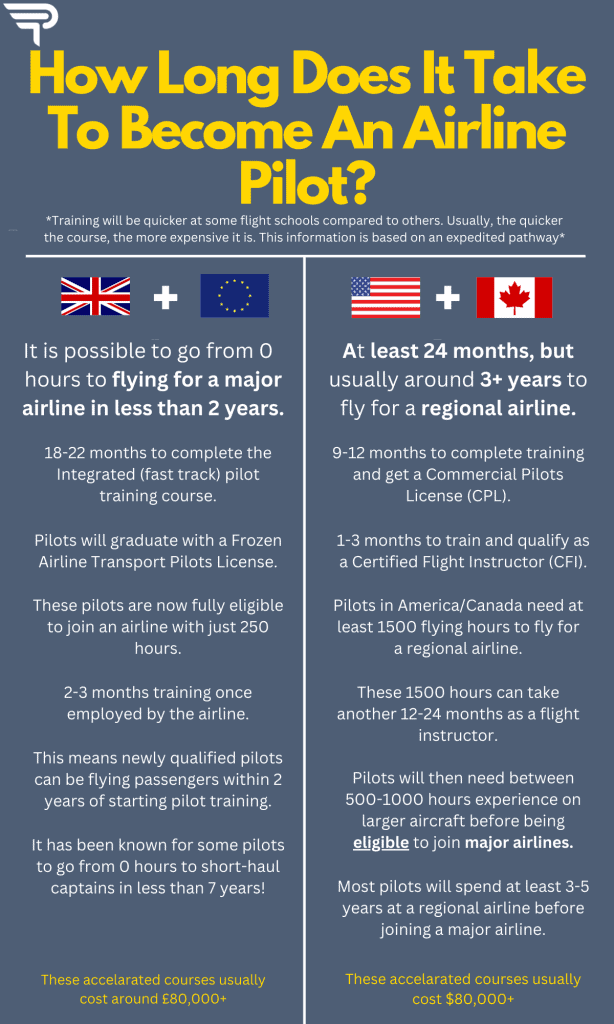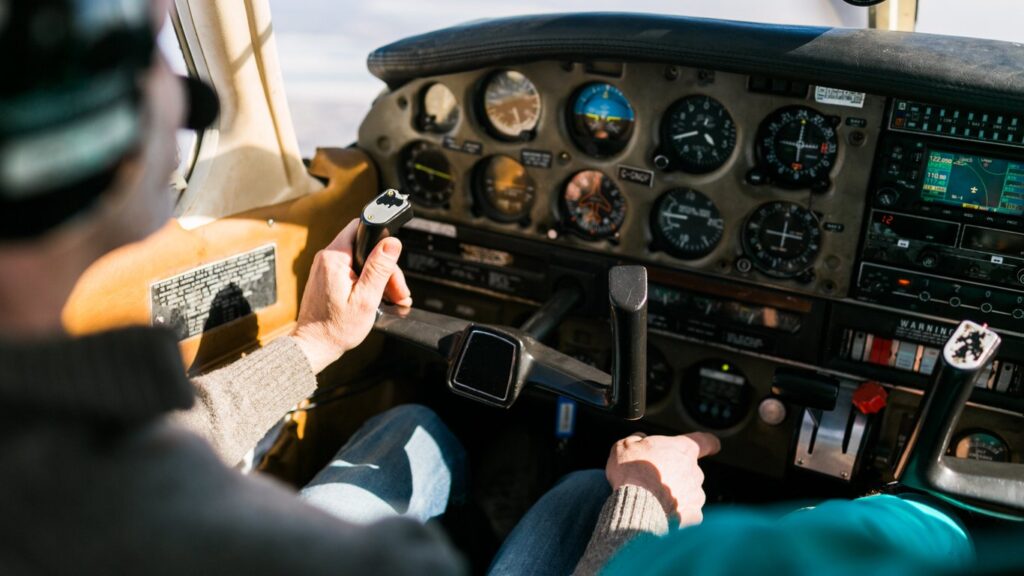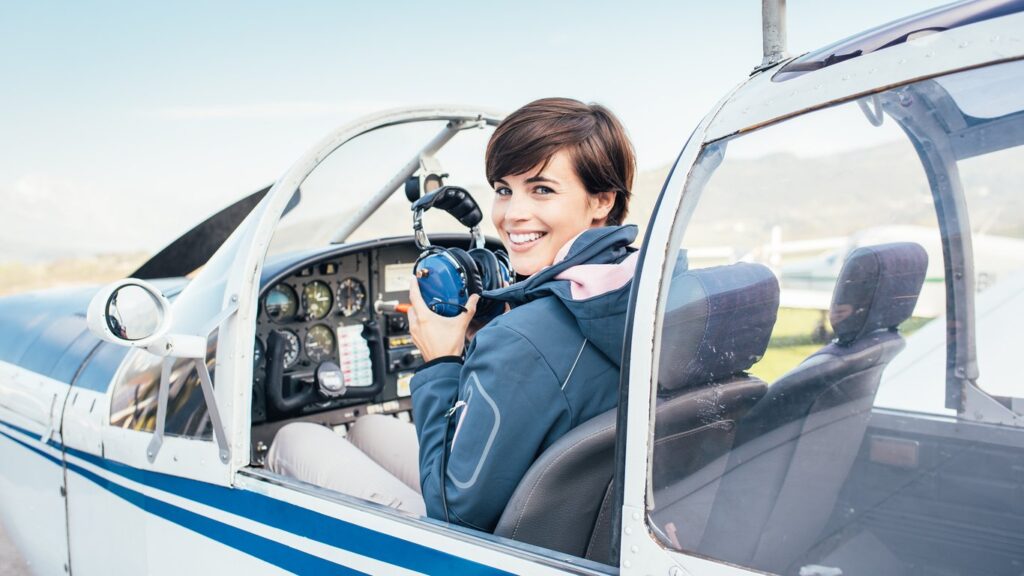Have you ever wondered how much it costs to attend flight school in Texas? Well, you’re in luck! In this article, we will explore the expenses associated with flight training in Texas and provide you with an insight into the financial aspect of pursuing your dreams of becoming a pilot. Whether you’re a curious individual or someone who has always wanted to take to the skies, this information will help you gain a better understanding of the investment required to embark on this exhilarating journey. So, buckle up and get ready to soar as we delve into the question of how much flight school in Texas really costs.
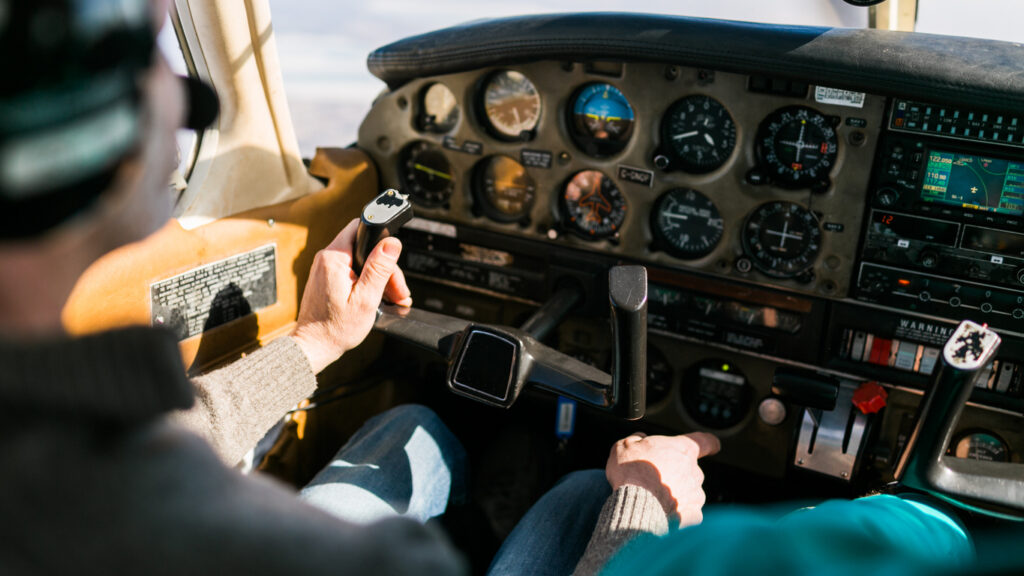
Types of Flight Schools in Texas
When it comes to pursuing flight training in Texas, you have two primary options: Part 61 flight schools and Part 141 flight schools. Let’s take a closer look at each to help you understand the differences and make an informed decision.
Part 61 Flight Schools
Part 61 flight schools offer flight training under Federal Aviation Administration (FAA) regulations outlined in Part 61 of the Federal Aviation Regulations (FARs). These flight schools typically provide training on an individual basis, tailoring lessons to meet the specific needs of each student. Part 61 flight schools offer more flexibility in terms of training schedules, allowing students to learn at their own pace. This can be advantageous for individuals who have other commitments or prefer a more customized approach to their flight training.
Part 141 Flight Schools
Part 141 flight schools, on the other hand, operate under the regulations outlined in Part 141 of the FARs. These flight schools offer structured training programs approved by the FAA. Part 141 flight schools usually follow a strict curriculum and require a minimum number of flight hours for each certificate or rating. These schools are ideal for students who want to complete their training in a shorter timeframe, as the structured nature of the programs allows for more efficient learning.
Factors Affecting Flight School Costs
Before diving into the specific costs associated with flight school in Texas, it’s important to understand the various factors that can influence these expenses. Here are some key elements that can affect flight school costs:
Location
The location of the flight school plays a significant role in determining the overall cost. Flight schools in metropolitan areas, such as Houston, Dallas, Austin, San Antonio, and Fort Worth, may have higher costs due to increased demand and higher operating expenses. However, flight schools in rural areas or smaller towns might offer more affordable training options.
Type of Training
The type of training you pursue also impacts the costs. Different certificates and ratings require varying amounts of flight hours and ground instruction, so it’s essential to identify your specific goals and consider the associated expenses.
Aircraft Rental Fees
Aircraft rental fees constitute a significant portion of flight school costs. The hourly rates for aircraft rentals depend on the type of aircraft you choose to train on. While single-engine aircraft are generally more affordable, multi-engine aircraft rentals can substantially increase your training expenses.
Flight Instructor Rates
Flight instructor rates can vary depending on the flight school and the qualifications of the instructors. Instructors with higher certifications and experience levels may charge higher hourly rates. It’s essential to find a balance between cost and quality of instruction when selecting a flight school.
Ground School Instruction
Ground school instruction is a crucial part of flight training, covering topics like aviation regulations, weather, navigation, and aircraft systems. Flight schools may charge separate fees for ground school classes, so it’s important to inquire about these costs beforehand.
Study Materials and Exams
In addition to instruction, flight school costs may include study materials and written exams. These resources and examinations ensure that you have the knowledge required to pass each stage of your flight training.
Additional Training Costs
It’s essential to account for various additional expenses, such as flight medical certifications, fuel surcharges, examiner fees, written and practical exams, insurance, and membership fees to aviation organizations. These costs can add up, so it is crucial to be aware of them before enrolling in a flight school.
Understanding these factors will help you assess and compare flight school costs more accurately, ensuring you make an informed decision that aligns with your budget and goals.

This image is property of www.bestaviation.net.
Part 61 Flight School Costs
If you choose to attend a Part 61 flight school in Texas, there are three primary cost categories to consider: flight training costs, ground school costs, and additional expenses.
Flight Training Costs
Flight training costs for a Part 61 flight school can vary depending on the type of aircraft you choose to train on, the number of flight hours required to meet the FAA’s minimums, and the hourly rate for aircraft rentals. On average, flight training costs range from $8,000 to $15,000 for a private pilot license.
Ground School Costs
While Part 61 flight schools offer more flexible ground training options, they may charge separate fees for ground school instruction. Ground school costs typically range from $500 to $1,500, depending on the flight school and the depth of the curriculum.
Additional Expenses
Various additional expenses can arise during your training, including study materials, written and practical exams, medical certifications, and insurance. These costs may vary and should be factored into your overall budget.
Part 141 Flight School Costs
If you opt for a Part 141 flight school, the overall cost structure may differ slightly from Part 61 schools. Let’s explore the cost breakdown for Part 141 flight training in Texas.
Flight Training Costs
Since Part 141 flight schools follow an FAA-approved structured curriculum, flight training costs are typically determined based on the number of flight hours prescribed in each program. These requirements are often more rigid than those of Part 61 flight schools. On average, flight training costs for a private pilot license range from $15,000 to $25,000 at a Part 141 flight school.
Ground School Costs
Part 141 flight schools usually integrate ground school instruction directly into their structured training programs. As a result, ground school costs are often included in the overall training package, eliminating the need for separate fees.
Additional Expenses
Similar to Part 61 flight schools, you may encounter additional expenses during your training at a Part 141 flight school. These expenses can include study materials, written and practical exams, medical certifications, and insurance.

This image is property of atpflightschool.com.
Average Flight School Costs in Texas
The following estimates provide a general overview of the average costs associated with specific certificates and ratings in Texas. Actual costs may vary depending on the flight school, type of training, and individual progress.
Private Pilot License (PPL)
On average, obtaining a private pilot license in Texas can cost between $8,000 and $15,000, depending on the flight school and the number of flight hours required to meet FAA minimums.
Commercial Pilot License (CPL)
For individuals aiming to pursue a commercial pilot license, total training costs in Texas range from approximately $30,000 to $40,000. The CPL requires additional flight time and more advanced training, contributing to the increased expenses.
Flight Instructor Certificates
Flight instructor training costs typically range from $4,000 to $8,000, depending on the flight school and the number of flight hours required to gain the necessary experience and endorsements.
Instrument Rating
An instrument rating allows pilots to fly in less than ideal weather conditions, relying solely on the aircraft’s instruments for navigation. Instrument rating training costs in Texas usually range from $7,000 to $12,000.
Multi-Engine Rating
For those interested in flying multi-engine aircraft, earning a multi-engine rating can cost around $8,000 to $12,000. The additional training required to master multi-engine aircraft contributes to the added expense.
Airline Transport Pilot License (ATPL)
Becoming an airline transport pilot typically requires extensive training beyond other certificates and ratings. The training costs for an ATPL in Texas can range from $40,000 to $80,000, depending on the flight school and the individual’s previous experience.
It’s important to keep in mind that these figures are averages, and costs can vary significantly depending on the flight school, location, aircraft type, and individual progress through the training program.
Financial Aid and Scholarships
If the cost of flight school seems daunting, don’t despair. There are various financial aid options and scholarships available to help offset the expenses. Here are some common avenues to consider:
Federal Financial Aid
Federal financial aid programs, such as Pell Grants or Direct Loans, are accessible to those attending accredited flight schools and meeting the eligibility criteria. The Free Application for Federal Student Aid (FAFSA) is a key step in determining your eligibility for federal assistance.
Private Loans
Private lenders also offer student loans specifically tailored to aviation programs. Make sure to compare lenders, interest rates, and repayment terms to make an informed decision.
Scholarships
Numerous organizations and institutions offer scholarships to aspiring pilots. These scholarships vary in their eligibility requirements, application processes, and award amounts. Conduct thorough research to identify scholarship opportunities that align with your goals and qualifications.
Taking advantage of these financial aid options can make flight training more affordable and accessible, helping you turn your dreams of becoming a pilot into a reality.

Comparison of Flight School Costs in Different Cities in Texas
Flight school costs can vary across different cities in Texas due to variations in living expenses, demand, and infrastructure. Let’s take a closer look at the estimated costs you might encounter in a few major cities in the Lone Star State.
Houston
Houston, being a major metropolitan area, offers a range of flight schools to choose from. Flight training costs for a private pilot license in Houston typically range from $8,000 to $15,000, considering factors such as aircraft rental rates, instructor fees, and ground school costs.
Dallas
Similarly, Dallas is home to several flight schools catering to aspiring pilots. The average cost of a private pilot license in Dallas is around $9,000 to $16,000.
Austin
As the capital city of Texas, Austin houses flight schools providing flight training opportunities. The estimated cost of obtaining a private pilot license in Austin ranges from $8,000 to $15,000.
San Antonio
In San Antonio, you can find flight schools offering flight training programs that align with different skill levels and goals. The average cost for a private pilot license in San Antonio is approximately $8,000 to $15,000.
Fort Worth
Fort Worth, as a major aviation hub, provides excellent options for flight training. The cost of obtaining a private pilot license in Fort Worth generally falls within the range of $9,000 to $16,000.
It’s important to note that these figures are approximate and can vary depending on individual flight schools and their specific offerings. Conducting thorough research and comparing the costs and amenities of different flight schools in each city will help you make an informed decision.
Hidden Costs and Miscellaneous Fees
Beyond the primary expenses associated with flight training, there are several hidden costs and miscellaneous fees that you should consider when budgeting for your pilot education. These costs can include:
Fuel Surcharge
Some flight schools include a fuel surcharge or additional fees related to fuel prices. Changes in fuel costs can result in fluctuating surcharges throughout your training. Make sure to clarify with your flight school if any fuel-related fees apply.
Examiner Fees
Examiners are responsible for conducting practical exams throughout your flight training. These exams often require payment of examiner fees, which can range from $400 to $800 depending on the certificate or rating you are pursuing.
Medical Certification
Before beginning flight training, you will need to obtain a medical certificate from an FAA-approved medical examiner. These exams can cost between $75 and $150, depending on factors such as location and the type of medical certificate required.
Written and Practical Exams
To progress through your flight training, you must pass written and practical exams for each certificate or rating. These exams typically have associated fees, which can amount to $150 to $200 or more, depending on the specific exam and the flight school.
Membership Fees
Aviation organizations, such as the Aircraft Owners and Pilots Association (AOPA), offer valuable resources and benefits to pilots. While membership is not mandatory, joining such organizations can provide access to helpful tools, discounts, and networking opportunities. Membership fees range from $50 to $200 per year, depending on the organization and membership level.
Insurance
Some flight schools may require students to hold renter’s insurance to cover any potential damage to aircraft during training flights. The cost of insurance can vary depending on factors such as the school’s requirements, the type of aircraft you train on, and coverage limits.
While these additional costs may not be included in the initial estimates provided by flight schools, accounting for them when planning your budget will ensure you are financially prepared throughout your flight training.
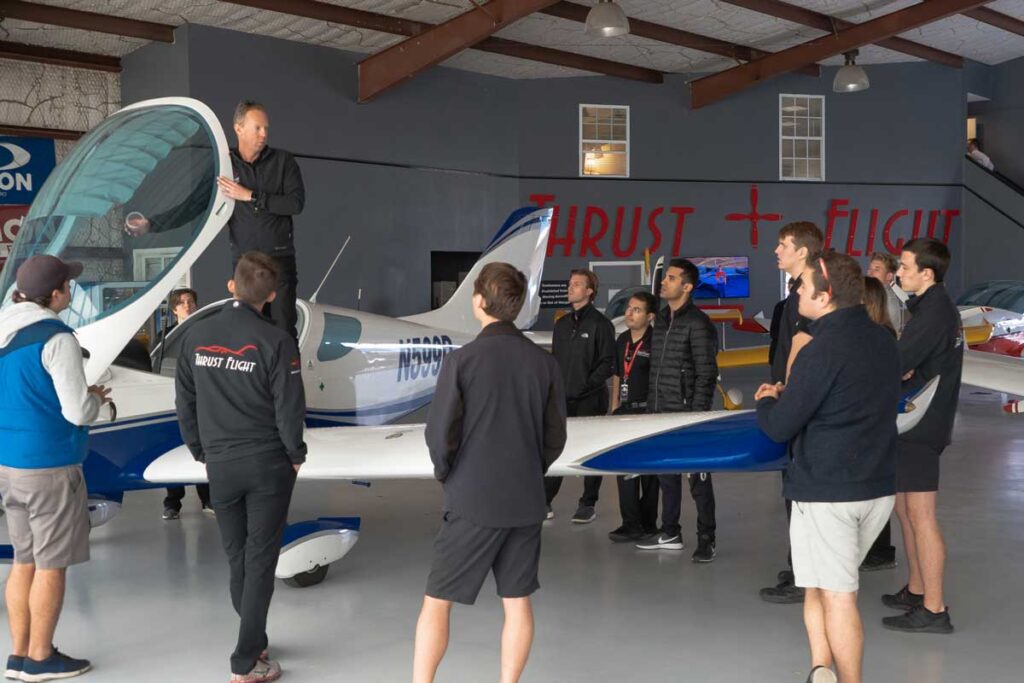
This image is property of www.thrustflight.com.
Employment Opportunities and Return on Investment
Completing flight school in Texas opens up various employment opportunities for aspiring pilots. It’s essential to understand the potential return on your investment and the career progression that can follow your flight training. Let’s explore some key aspects to consider:
Entry-Level Pilot Salaries
Entry-level pilot salaries can vary depending on factors such as the type of employer, the pilot’s qualifications, and the geographical location. On average, entry-level pilots can expect to earn between $30,000 to $60,000 annually, with the potential for salary increases as they accumulate flight hours and experience.
Career Progression
As you gain experience and flight hours, opportunities for advancement within the aviation industry increase. Pilots can progress to positions such as corporate pilots, airline pilots, flight instructors, or even positions in aviation management. These roles often come with higher salaries and additional benefits.
Additional Ratings and Certificates
Obtaining additional ratings and certificates can enhance your career prospects and earning potential. Advanced certifications like the airline transport pilot license (ATPL) or specialized ratings like the certified flight instructor instrument (CFII) can open doors to more lucrative opportunities.
Job Placement Assistance
Some flight schools offer job placement assistance or partnerships with airlines, providing an easier transition into the workforce. Consider flight schools with strong job placement track records to increase your chances of securing employment after graduation.
Pursuing a career in aviation requires dedication, time, and financial investment. However, the opportunities for growth and the fulfillment of working in the skies make it a worthwhile endeavor for many aspiring pilots.
Choosing the Right Flight School in Texas
With numerous flight schools to choose from in Texas, selecting the right one can seem overwhelming. To help you make an informed decision, consider the following factors when evaluating flight schools:
Accreditation and Certification
Ensure that the flight school you choose is accredited by a recognized aviation organization and holds all the necessary certifications. These accreditations ensure the school adheres to specific standards of safety, quality, and training.
Safety Standards
Check if the flight school has robust safety protocols and a good safety record. Safety should always be a top priority, and attending a school that prioritizes it will provide you with peace of mind throughout your training.
Training Facilities and Aircraft Fleet
Evaluate the flight school’s training facilities, such as hangars, classrooms, simulators, and maintenance facilities. Additionally, consider the quality and variety of the aircraft fleet. Modern, well-maintained aircraft are crucial for safe and efficient training.
Instructor Qualifications
Instructors play a critical role in your flight training journey. Research the qualifications and experience of the flight instructors at each school you are considering. Instructors with extensive experience and advanced certifications can contribute significantly to your learning and skill development.
Student Reviews
Reading reviews and testimonials from current and former students can provide valuable insight into the overall experience of a flight school. Look for schools with positive feedback regarding instruction, support, and overall satisfaction.
Job Placement Track Record
Consider the flight school’s track record in helping graduates secure employment within the aviation industry. A strong job placement record indicates that the school has established connections and partnerships, potentially giving you an advantage in your career search.
By carefully evaluating these factors and considering your personal preferences and goals, you can select the flight school in Texas that best meets your needs and sets you on the path toward a successful career in aviation.
In conclusion, pursuing flight training in Texas offers a wide range of opportunities for aspiring pilots. From understanding the various types of flight schools and the factors that influence costs to exploring financial aid options and comparing flight school expenses across different cities, this comprehensive article has provided you with the information you need to make an informed decision.
Remember, flight school costs should be considered an investment in your future and the fulfillment of your dreams. By carefully assessing flight school options, understanding potential career opportunities and return on investment, and selecting a school that aligns with your goals, you can embark on a rewarding journey toward becoming a licensed pilot. So, strap in, set your sights on the skies, and get ready to soar!
